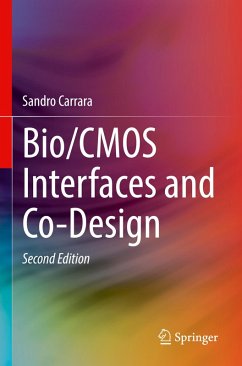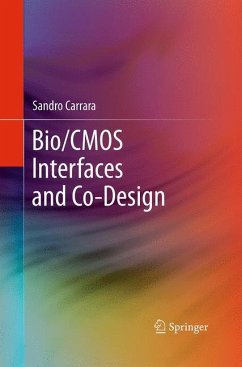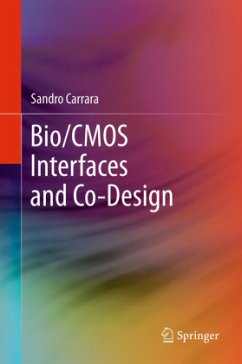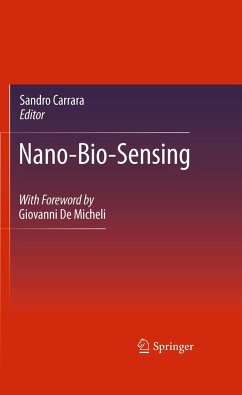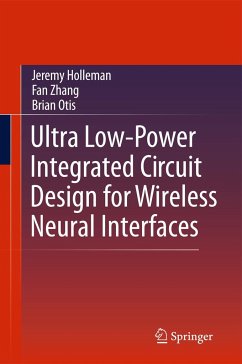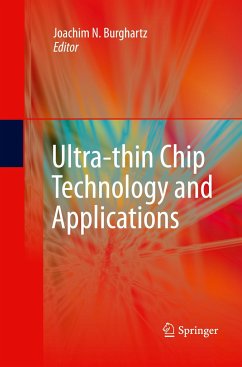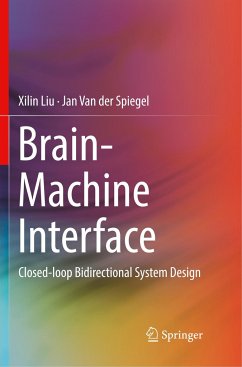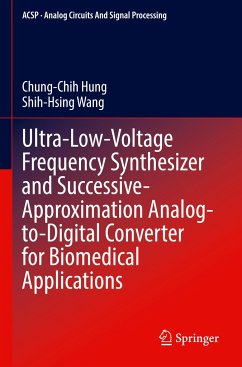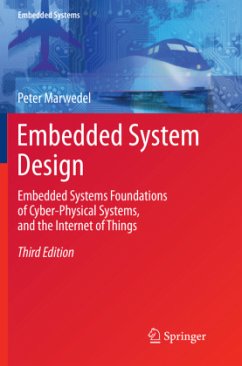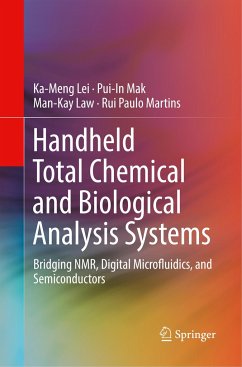
Bio/CMOS Interfaces and Co-Design
Versandkostenfrei!
Versandfertig in 6-10 Tagen
85,99 €
inkl. MwSt.
Weitere Ausgaben:

PAYBACK Punkte
43 °P sammeln!
This textbook demonstrates new paradigms for the interface between CMOS circuits and the biological world. A deep theoretical description of such an interface is defined and discussed, while various real applications are demonstrated by also discussing several analog CMOS circuits. Electrochemical techniques are proposed in detail to learn how to design integrated biosensors. Biological materials are described to provide devices selectivity. Nanoscale materials are discussed to provide device sensitivity. CMOS circuits are analyzed to provide real applications. Extensive examples with solution...
This textbook demonstrates new paradigms for the interface between CMOS circuits and the biological world. A deep theoretical description of such an interface is defined and discussed, while various real applications are demonstrated by also discussing several analog CMOS circuits. Electrochemical techniques are proposed in detail to learn how to design integrated biosensors. Biological materials are described to provide devices selectivity. Nanoscale materials are discussed to provide device sensitivity. CMOS circuits are analyzed to provide real applications. Extensive examples with solutions are provided, as well as exercises at the end of each chapter.
This book introduces students to the state-of-the-art in Bio/CMOS interfaces, describing leading-edge research in CMOS design and VLSI development for applications requiring intimate integration of biological molecules onto the chip. It provides multidisciplinary content ranging from biochemistry to CMOS design in order to address Bio/CMOS interface co-design in biosensing applications.
This book introduces students to the state-of-the-art in Bio/CMOS interfaces, describing leading-edge research in CMOS design and VLSI development for applications requiring intimate integration of biological molecules onto the chip. It provides multidisciplinary content ranging from biochemistry to CMOS design in order to address Bio/CMOS interface co-design in biosensing applications.





